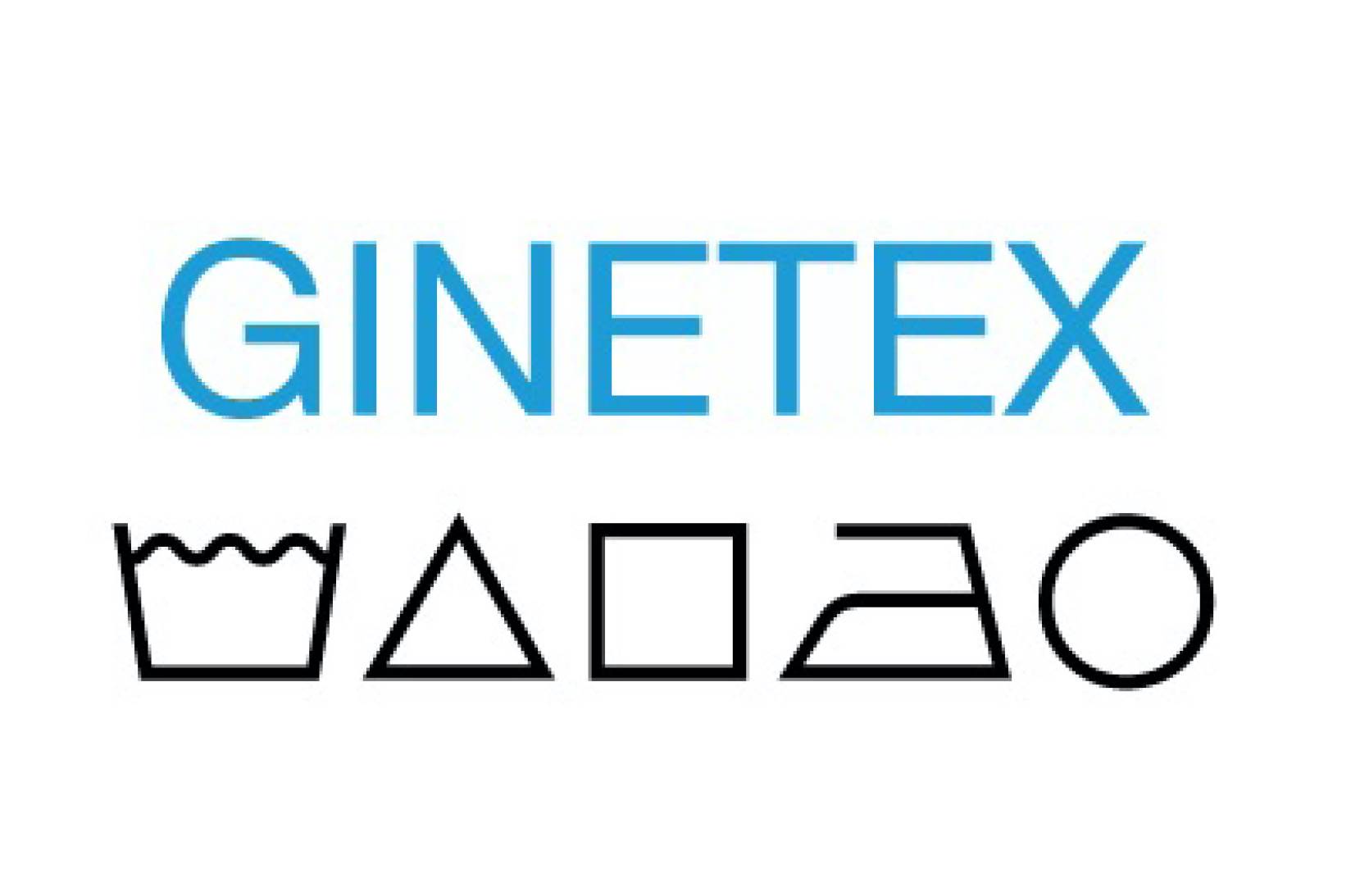New study investigates energy usage and home laundering
12/09/2022

The study was conducted by Testex, an independent certification and testing organisation specialising in textiles and based in Switzerland with offices globally.
Key findings of the report include:
1. It is best to wash at lower temperatures. This the study says has the most impact on electricity consumption. Lowering washing temperature from 40°C to 30°C has been found to result in energy savings of 30% (0.06 kWh/kg of laundry). Higher washing temperatures, such as washing at 60°C, are said to increase energy consumption by more than 50% (0.10 kWh/ kg of laundry).
2. The report finds that pre-washing is generally unnecessary and should be avoided. On top of increasing water consumption, this type of programme also increases energy consumption by 15 to 20% (0.05 - 0.06 kWh/kg), it reported.
3. Full loads are preferable. A half-loaded machine will consume 50 to 70% more energy per kg of textiles (0.08 to 0.20 kWh/kg) compared to a full load with the same program. The report also found that quick wash programmes do lead to energy savings, all the more so if conducted at lower temperatures.
4. One of the key new takeaways from the Testex study was energy consumed during spin cycles. It reports that a higher speed rate will use more electricity but will be more effective in spinning the laundry correctly and eliminating residual water. This reduces overall drying time, whether hung to dry or machine-dried. It found that the more efficient the spinning, the shorter the drying cycle.
Image: Ginetex










